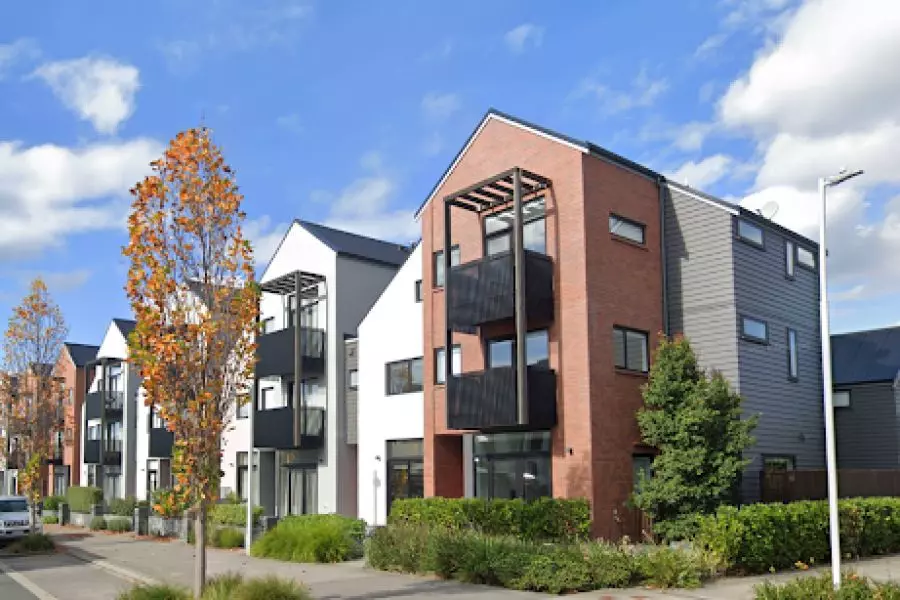
News
New housing rules create dilemmas

Monday 31st of October 2022
Building denser housing is a divisive issue. The new Medium Density Residential Standards (MDRS) legislation permits developers to build three, three-storey townhouses in existing urban areas without resource consent, while the National Policy Statement on Urban Development (NPS-UD), which runs alongside the MDRS, allows for apartments of six storeys, even on small suburban sites, within...
Want to read the full article?
Click the button below to subscribe and will have unlimited access to full article and all other articles on the site.








![[The Wrap] Bye Bye Bayly](https://goodreturns.publit.io/file/c_fill,w_900,h_600/39f23ac1-f7c7-4854-b700-a150004ebbac.webp)